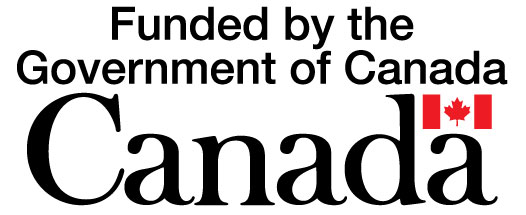Current Temperature
10.0°C
Alberta won’t risk watershed contamination for coal development: MLA Hunter
Posted on April 24, 2025 by adminBy Trevor Busch
Westwind Weekly News
editor@tabertimes.com
Water users and irrigators in southern Alberta have started expressing concerns about the potential for watershed contamination should a proposed coal mine go forward near the Crowsnest Pass.
Northback Holdings, an Australian company, has applied to the Alberta Energy Regulator for a temporary drilling program to explore for coal and divert water for the Grassy Mountain Coal Mine. The proposed mine would extract metallurgical coal used in steelmaking, and recently saw Crowsnest Pass residents vote 72 per cent in favour in a non-binding plebiscite in November 2024.
However, downstream of the proposed development lies southern Alberta’s agricultural and irrigation heartland, representing billions in investment – and some groups and individuals from this region have began sounding the alarm about the prospect for watershed contamination due to selenium, a harmful air and water pollutant and byproduct of coal mining.
Taber-Warner MLA Grant Hunter, who represents a huge percentage of these producers and value-added agricultural processors within his riding, was firm in his stance that the provincial government would not approve any project if there was a real risk of watershed contamination in the region.
“I’m going to say it again: We have not put a billion dollars into building up this agri-food processing corridor, the irrigation expansion – 260,000 irrigated acre expansion to date – we’re not going to put that kind of investment in it just to wreck it. It’s nonsensical to think that. So most of the stuff that I’m hearing right now is from people that are going on emotion versus the science – and I’m not trying to be rude when I say that. I’m just saying I’ve listened to the arguments. I get regular emails to my office, I get regular texts and phone calls, and whenever I hear it, I say, ‘Okay, well, there’s a couple of things. First of all, do you think that we would jeopardize the multi-billion dollar industry of agri-food processing and agri-food development for a mine? Does it make sense to you that we would be spending that kind of money on investing in these things just to potentially wreck it?’”
Hunter pointed out the response to these questions is nearly universal.
“And they said, ‘No, that doesn’t actually make sense’. And so that’s the first thing. Second thing is, I asked them if you can show me any jurisdiction that has more stringent environmental requirements for these types of mines, then I’m asking you to provide that to me. And I say, ‘Do you know what an environmental impact assessment is? That is the requirement. Do you know what the 1976 Coal Policy is? Do you know what’s in that? Have you read these things? And every one of them says, ‘No, I haven’t. I need to do some more research’. So I invite them to go do that research and to come back to me if they feel like we’re missing or any gaps in what we have. And I’ve not had one person come back to me. I don’t know whether or not they’ve gone and read it, but I’ve always given them that invite – read those things and tell me if we have any gaps in our environmental stewardship, if it was to be allowed to be moved forward.”
Alberta’s Ministry of Energy and Minerals has pledged to protect and preserve the Eastern Slopes through programs like the Alberta Coal Industry Modernization Initiative (CIMI), which is designed to regulate coal mining to the highest global standards.
In 2020, the UCP repealed the 1976 Coal Policy and began issuing new leases before walking back that promise and implementing a moratorium two years later. Citing lawsuits from coal companies as a primary motivator, the province later lifted the ban as of January 2025.
What is often forgotten in the current debate, argues Hunter, is that the development company isn’t even requesting mine approval at this time.
“Remember that they’re not even asking for the mine to go forward right now. They’re trying to find out what is the asset there? And so that’s what’s being asked for. Remember that, and that’s what most people don’t know. They think that they’re asking for the mine to be opened up, and that’s not what they’re asking for. They’re asking for the ability to do some tests to find out the breadth of the asset, the metallurgical coal, so that’s the first thing. So let’s say that they come back and they’re like, ‘Wow, this is a rich mine, and there’s still a lot of coal in there, metallurgical that we need to make the steel and all of this stuff in the world. And we’d like to make an application’. If they were to make the application, they have to go through a very stringent process to be able to do the environmental impact assessment that has to be done, and they’d have to meet all of those requirements. So again, a huge amount of requirements have to be done.”
Should the mine pass all the regulatory hoops but still could not provide an adequate plan to mitigate selenium contamination, Hunter says Alberta would reject the project.
“But let’s say they passed all of those things. In order for them to pass all those things, they would have to have mitigation. They would have to show mitigation of how they’re going to address selenium from affecting downstream, and that is the key. So if there has not been mitigation, if we don’t see the mitigation there through the environmental impact assessment then the government will say, ‘No, we’re not doing it.’”
Leave a Reply
You must be logged in to post a comment.

